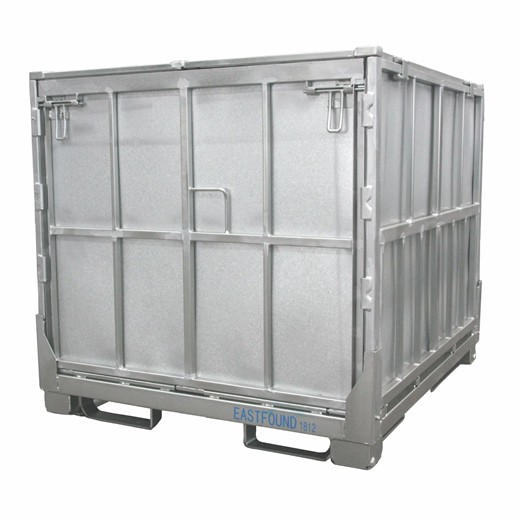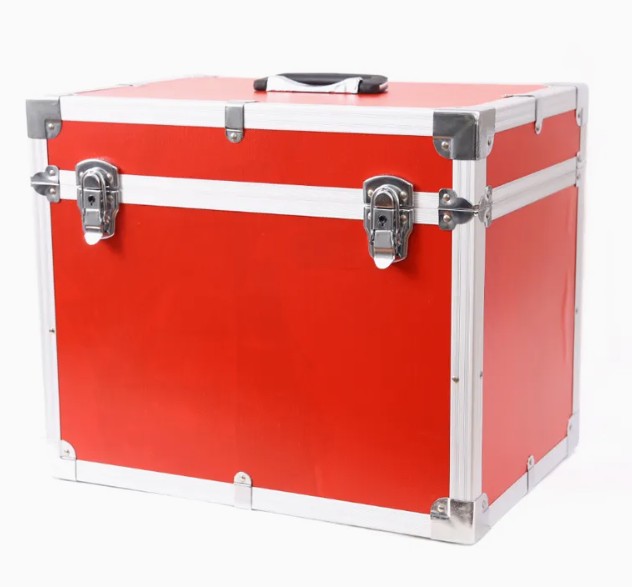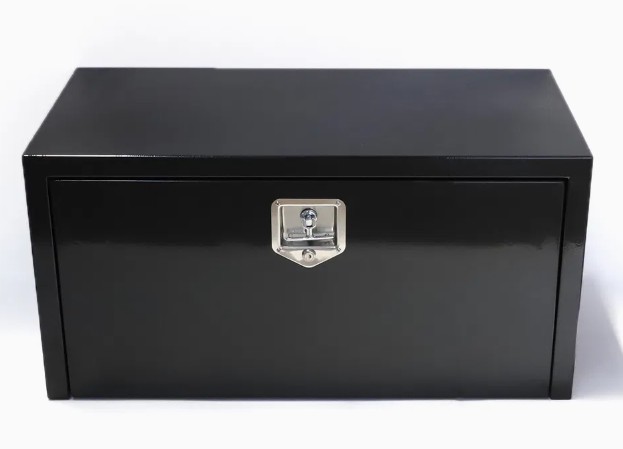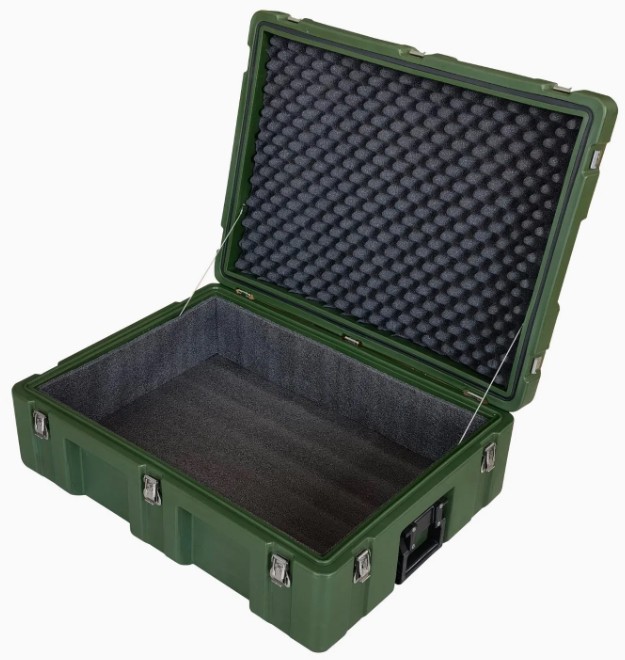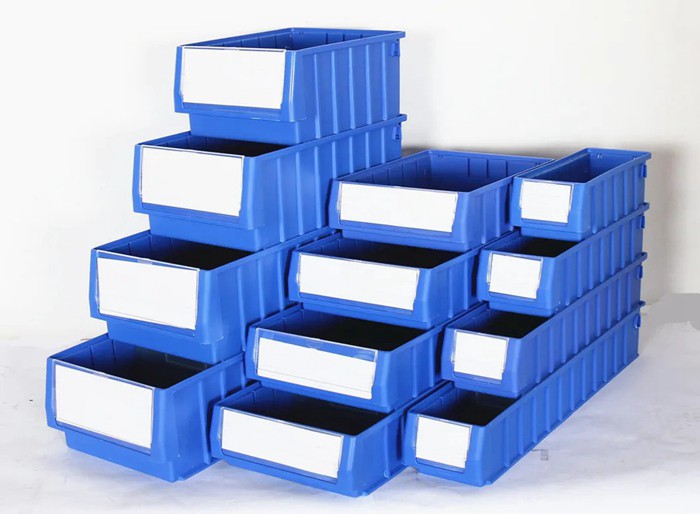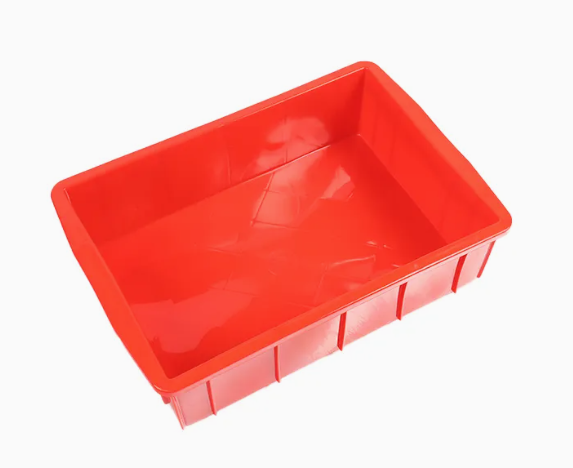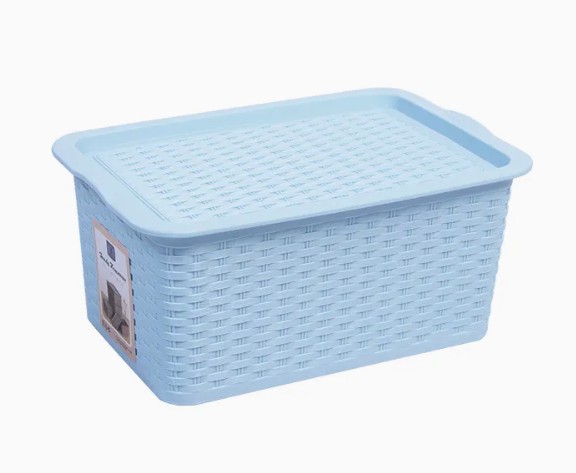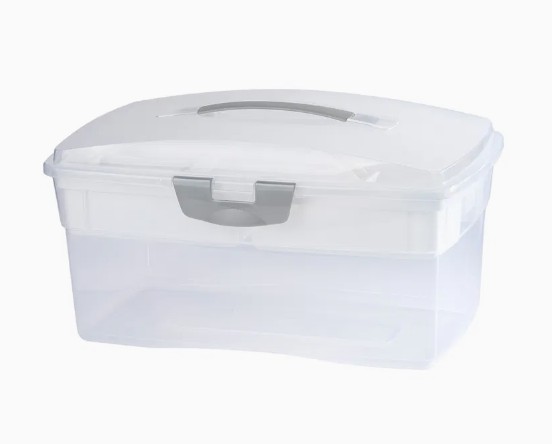Welcome!
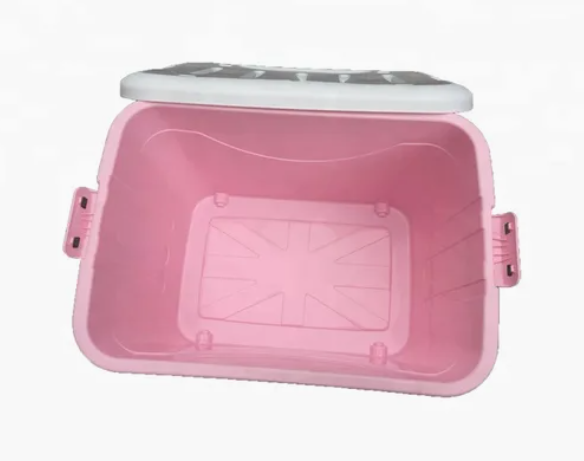

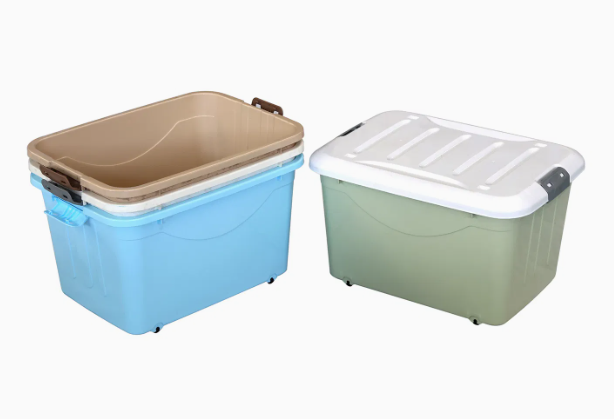

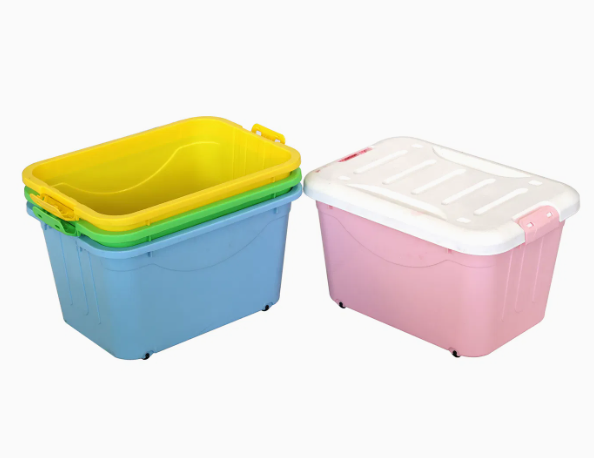
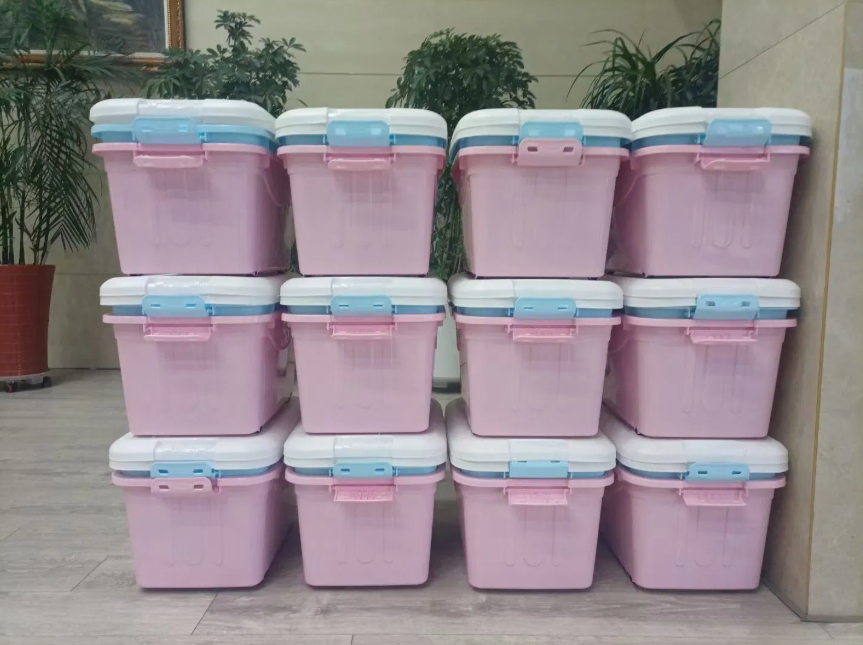
The Ultimate Guide to Plastic Containers: Versatile Solutions for Every Need
Basic Info
| Model NO. | 60L, 80L, 100L, 120L, 140L | Origin | China | Production Capacity | 3000000/Year |
|---|---|---|---|---|---|
| Specification | OEM | Suit for | Living Room | Type | Box |
| Usage | Storage | ||||
Product Description
In today’s fast-paced world, organization, storage, and conservation are more important than ever. Plastic containers have emerged as an essential tool across households, workplaces, and industries due to their durability, versatility, and cost-effectiveness. Whether you're looking to store leftovers, organize office supplies, or transport delicate items, plastic containers offer a reliable solution. This comprehensive guide explores the core features, key benefits, and typical applications of plastic containers, helping you make informed decisions for your storage needs.

What Are Plastic Containers?
Plastic containers are sealed or semi-sealed vessels made from various types of durable plastics. Designed to be lightweight and resistant to impact, most plastic containers come in a variety of shapes, sizes, and styles to accommodate different storage requirements. They are commonly used in kitchens, offices, laboratories, and industrial settings, owing to their flexibility and practicality.
Made primarily from polypropylene, polyethylene, polycarbonate, or PET, these containers resist rust, corrosion, and moisture, ensuring long-term usability. Many feature airtight lids to preserve freshness and prevent contamination. Their non-porous surface makes them easy to clean, maintaining hygiene across frequent uses.

Core Features and Advantages
1. Durability and Impact Resistance: Unlike glass or metal, plastic containers withstand drops and bumps without shattering, making them ideal for everyday handling especially in environments with children or high traffic.
2. Lightweight and Convenient: Their lightweight nature makes transporting and stacking effortless, saving space and reducing strain during movement or storage.
3. Versatility and Wide Range of Sizes: Available in small snack-sized portions to large storage bins, plastic containers can serve countless functions from storing jewelry and craft supplies to organizing food in commercial kitchens.
4. Airtight and Leak-Proof Options: Many models come with secure lids that seal tightly, preserving freshness and preventing spills, perfect for camping, picnic outings, or lunchboxes.
5. Cost-Effectiveness: Plastic containers are generally affordable and reusable, providing an economic solution without sacrificing quality. They also resist staining and odors better than some alternative materials.
6. Environmental Considerations: While plastic's convenience is undeniable, eco-conscious manufacturers now produce biodegradable or recyclable options, making it easier to reduce waste and carbon footprint.

Common Applications and Usage Scenarios
Plastic containers serve a broad array of purposes. In kitchens, they are indispensable for meal prep, freezing leftovers, or organizing pantry staples like rice, sugar, or spices. Office environments rely on them for sorting supplies, documents, or charging cords. In laboratories or healthcare settings, they store chemicals or biological samples securely.
In industrial and retail settings, large plastic bins help in bulk storage, logistics, and transportation of goods. They are also favored in outdoor activities, including camping and gardening due to their durability and resistance to weather elements.

Frequently Asked Questions (FAQs)
Q1: Are plastic containers safe for storing food?
Absolutely! Most plastic containers designed for food use non-toxic and BPA-free plastics that meet regulatory food safety standards. Always check for labels indicating that they are food-grade before use.
Q2: Can plastic containers go in the dishwasher?
Many plastic containers are dishwasher-safe, especially those made from durable plastics like polypropylene or polyethylene. However, it's best to check the manufacturer's instructions to prevent warping or damage.
Q3: Do plastic containers keep food fresh?
Yes, particularly those with airtight lids. They help extend the shelf life of foods by preventing exposure to air and moisture, keeping food crisp and flavorful longer.
Q4: Are plastic containers environmentally friendly?
While traditional plastics pose recycling challenges, newer eco-friendly options are increasingly available. Look for containers made from recyclable or biodegradable plastics to reduce environmental impact.
Q5: How long do plastic containers last?
With proper care, plastic containers can last for years. Avoid exposing them to excessive heat or direct sunlight, which can cause warping or degradation over time.

Making the Most of Your Plastic Containers
Choosing the right plastic containers involves considering your specific needs-size, design, sealing features, and material safety. Investing in versatile and high-quality containers can simplify your storage solutions and reduce clutter. Remember to label contents for quick recognition and regularly inspect containers for signs of wear or damage to maintain safety and hygiene.
In short, plastic containers stand out as indispensable tools that combine convenience, durability, and adaptability. Whether for daily household use or professional applications, their role in efficient storage solutions remains unmatched. Explore your options, pick the perfect set, and enjoy the benefits of organized, preserved essentials every day.
Recommended Products
Recently Viewed
 The Ultimate Guide to Plastic Containers: Versatile Storage Solutions for Every Need
The Ultimate Guide to Plastic Containers: Versatile Storage Solutions for Every Need Versatile Plastic Containers: The Essential Storage Solution for Every Need
Versatile Plastic Containers: The Essential Storage Solution for Every Need A Guide to Selecting Multi-functional Plastic Storage Containers
A Guide to Selecting Multi-functional Plastic Storage Containers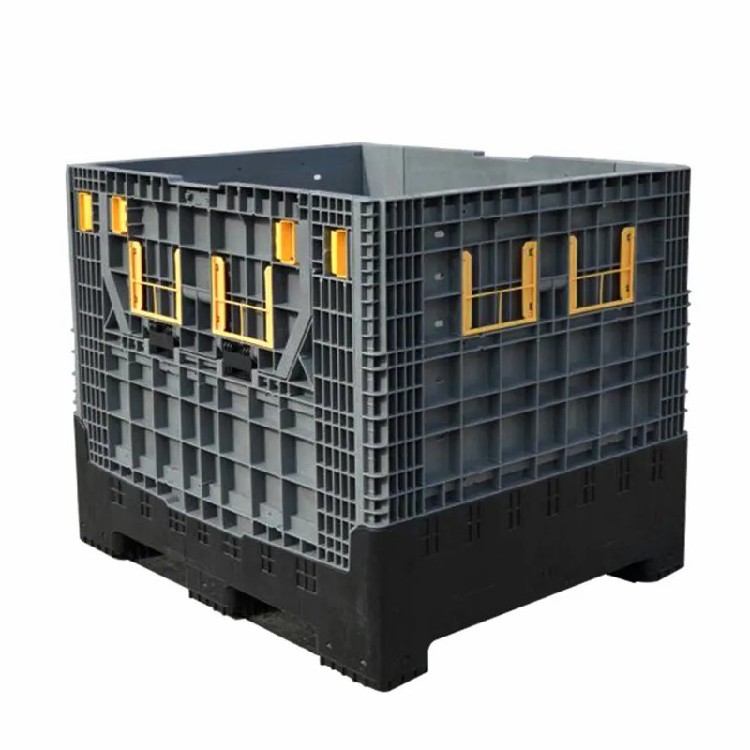 How To Choose The Right HDPE Box Container
How To Choose The Right HDPE Box Container The Ultimate Guide to Plastic Containers: Versatile Solutions for Every Need
The Ultimate Guide to Plastic Containers: Versatile Solutions for Every Need
Contact Us
Hangzhou Costar Trade Co., Ltd




